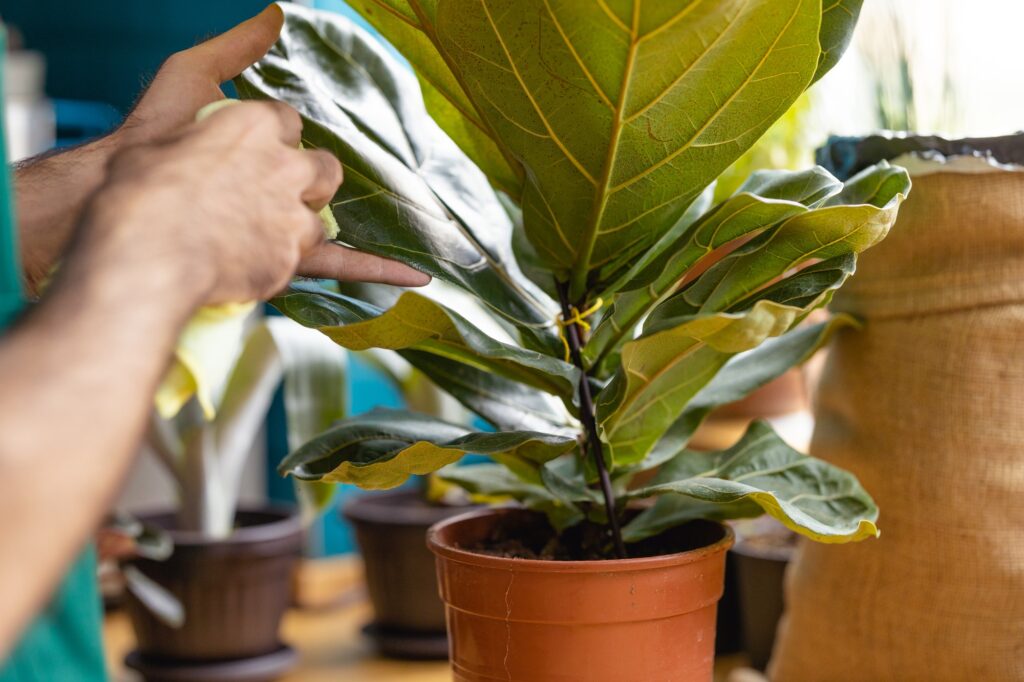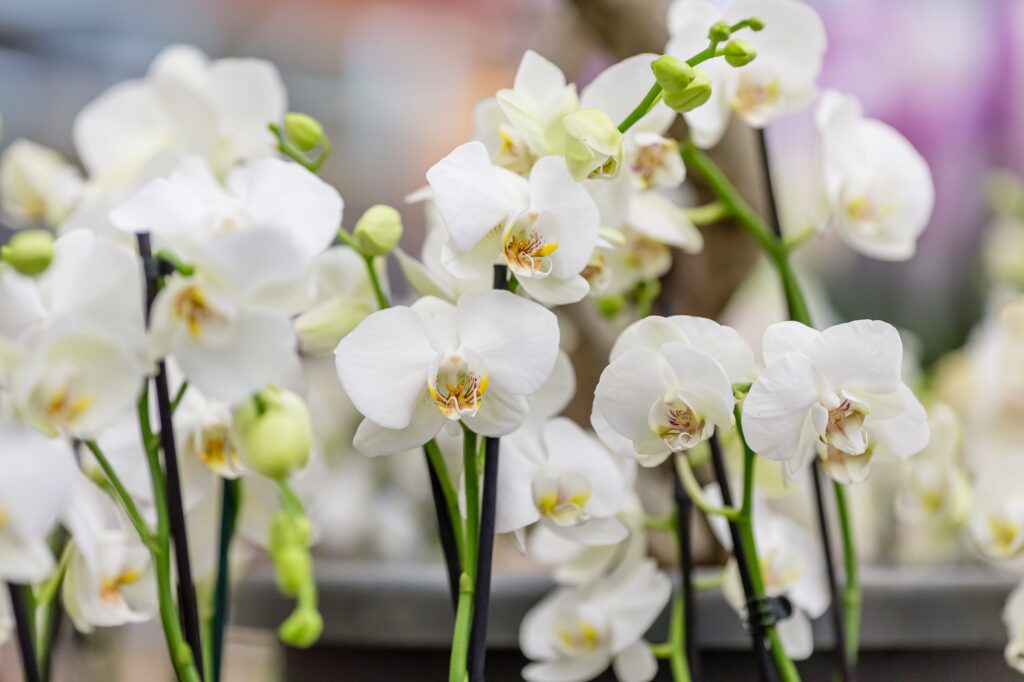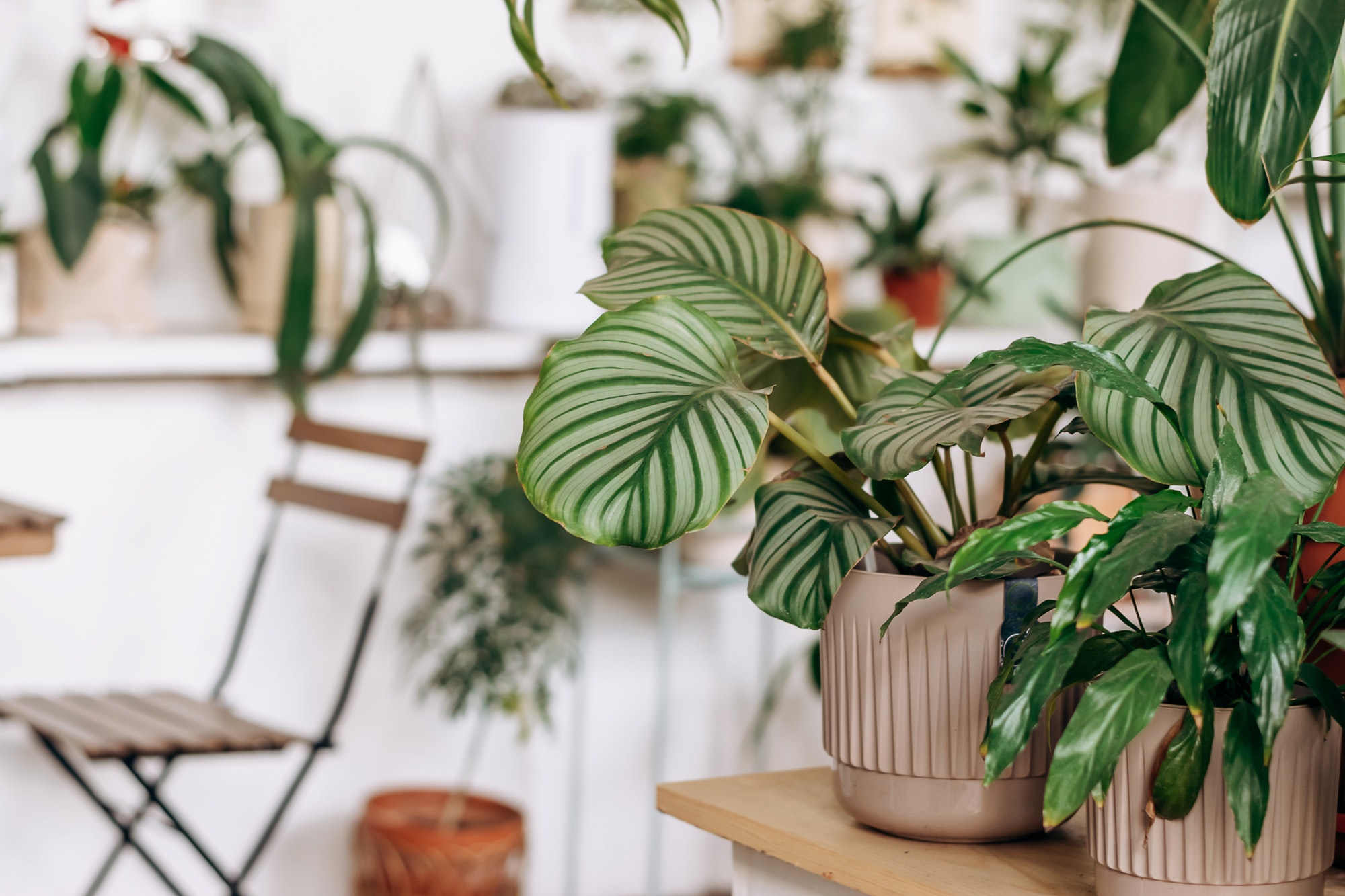Hey there, plant enthusiasts! Today I’m going to throw us into the world of high maintenance plants – the prima donnas of the indoor garden. Now, before you run for the hills, hear me out. These plants might demand a bit of extra TLC, but the payoff? Absolutely stunning.
Why Choose High Maintenance Plants?
Picture this: You’ve just walked into a room, and your eyes are immediately drawn to a breathtaking, lush Monstera Deliciosa, with its dramatic fenestrated leaves. That’s the magic of high maintenance plants – they’re show-stoppers. But they’re not just about good looks. Caring for them can be incredibly rewarding and, dare I say, therapeutic.
The Divas of the Plant World
Let’s meet some of these high maintenance beauties:
Fiddle Leaf Fig (Ficus Lyrata): Ah, the Fiddle Leaf Fig. It’s like the supermodel of houseplants – tall, sculptural, and a bit finicky. They need bright, filtered light and just the right amount of water. Too little? Leaves drop. Too much? Root rot. It’s a delicate balance.

Orchids: Orchids are like the celebrities of the plant world – exotic and captivating, but they have their demands. They prefer indirect light, high humidity, and a specific watering routine. Forget about regular potting soil; these divas need a special orchid mix!

Calathea: Known for their striking leaf patterns, Calatheas are drama queens when it comes to their care. They love high humidity, despise tap water (filtered or rainwater only, please!), and demand low to medium light. One wrong move, and they let you know with their curling leaves.

Boston Fern: This fluffy plant is like that high maintenance friend who’s worth the effort. They need constant moisture, high humidity, and indirect light. Miss a watering session, and you’ll be greeted with a cascade of brown, crispy leaves.

Tips for Caring for High Maintenance Plants
- Consistency is Key: Stick to a routine. Regular watering, feeding, and grooming go a long way.
- Understand Their Needs: Each plant is unique. Research their specific requirements regarding light, water, and soil.
- Invest in Humidity: Consider a humidifier or a pebble tray, especially for tropical plants.
- Be Observant: Plants communicate. Yellow leaves, drooping, or crispy edges are all signs that something’s off.
Final Thoughts
Owning high maintenance plants is like having a pet or, let’s be honest, a small child. They demand attention, but the connection and satisfaction you get in return are unparalleled. So, embrace the challenge, and let’s turn those green thumbs into green hands! 🌿✨





